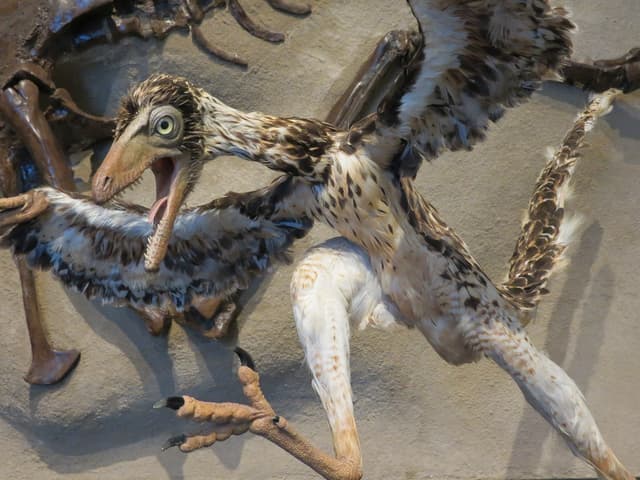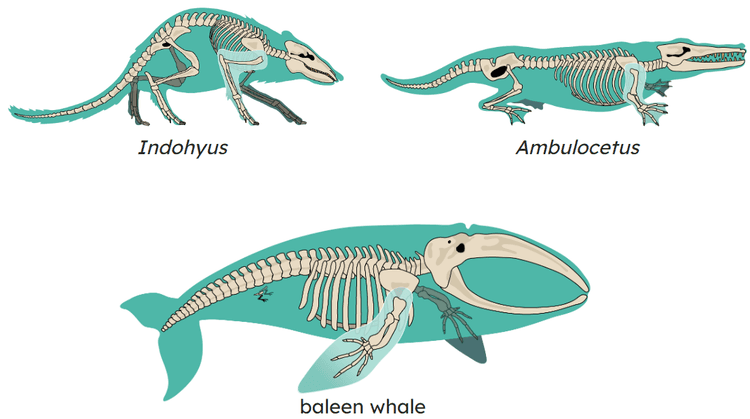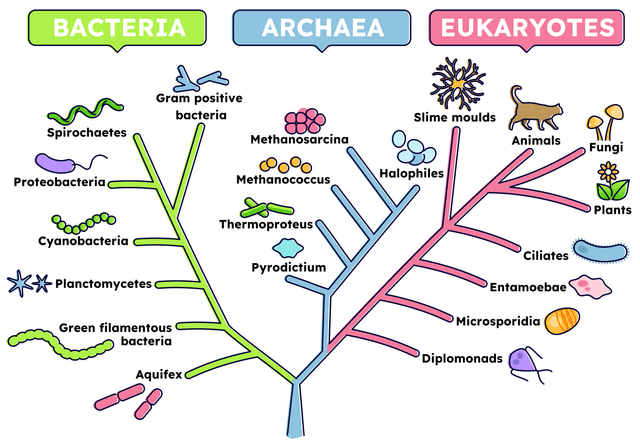Common ancestors and transitional species
I can explain the importance of transitional species and common ancestors in the fossil record.
Common ancestors and transitional species
I can explain the importance of transitional species and common ancestors in the fossil record.
These resources will be removed by end of Summer Term 2025.
Lesson details
Key learning points
- The fossil record includes species that appear to be the common ancestor of numerous later species.
- Evolutionary trees can be used to help visualise the relationships between groups of organisms.
- The fossil record includes transitional species with features of both evolutionary ancestors and modern species.
- A case study of an example of a transitional species (e.g. Archaeopteryx, which links dinosaurs and modern birds).
- There are gaps in the fossil record, e.g. ‘missing links’ between evolutionary ancestors and modern species.
Keywords
Fossil record - All the fossils ever found, and their ages, provide a body of evidence called the fossil record.
Common ancestor - A species that several other species evolved from. For example, tigers and lions share a common ancestor.
Evolutionary tree - A diagram that shows the evolutionary relationships between different groups of organisms.
Transitional species - A species that shows intermediate characteristics from evolutionary ancestors and modern species.
Common misconception
Students often struggle to understand the concept of having a common ancestor and confuse it with one species being descended from another.
This lesson uses evolutionary trees to help students visualise the relationships between groups of organisms.
To help you plan your year 10 biology lesson on: Common ancestors and transitional species, download all teaching resources for free and adapt to suit your pupils' needs...
To help you plan your year 10 biology lesson on: Common ancestors and transitional species, download all teaching resources for free and adapt to suit your pupils' needs.
The starter quiz will activate and check your pupils' prior knowledge, with versions available both with and without answers in PDF format.
We use learning cycles to break down learning into key concepts or ideas linked to the learning outcome. Each learning cycle features explanations with checks for understanding and practice tasks with feedback. All of this is found in our slide decks, ready for you to download and edit. The practice tasks are also available as printable worksheets and some lessons have additional materials with extra material you might need for teaching the lesson.
The assessment exit quiz will test your pupils' understanding of the key learning points.
Our video is a tool for planning, showing how other teachers might teach the lesson, offering helpful tips, modelled explanations and inspiration for your own delivery in the classroom. Plus, you can set it as homework or revision for pupils and keep their learning on track by sharing an online pupil version of this lesson.
Explore more key stage 4 biology lessons from the Fossil evidence, selective breeding and explaining evolution unit, dive into the full secondary biology curriculum, or learn more about lesson planning.

Equipment
None required.
Licence
Starter quiz
6 Questions
organisms from which current, living organisms are descended
changes in the characteristics of a species over many generations
changes in an individual organism during its lifetime
differences between living individuals of the same species

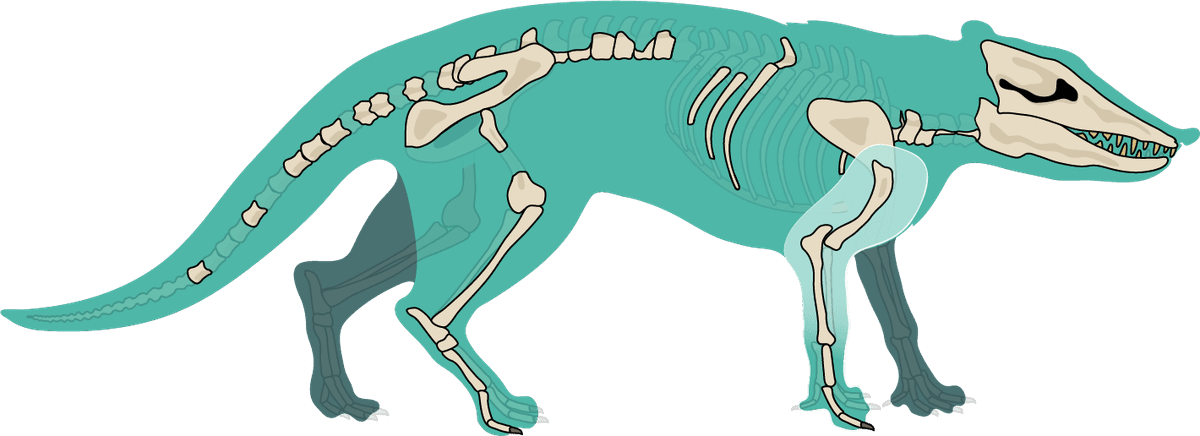




Exit quiz
6 Questions
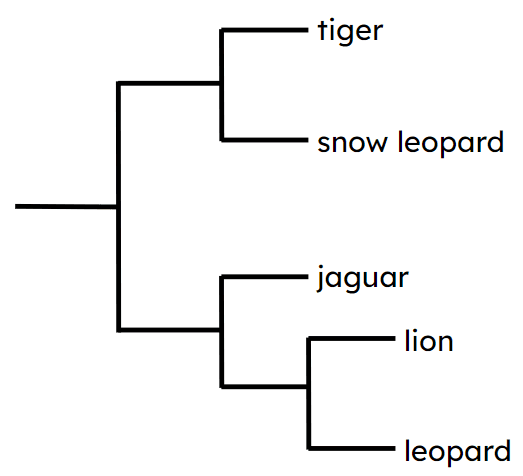
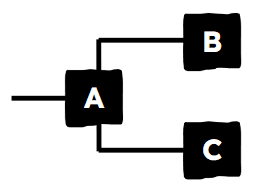
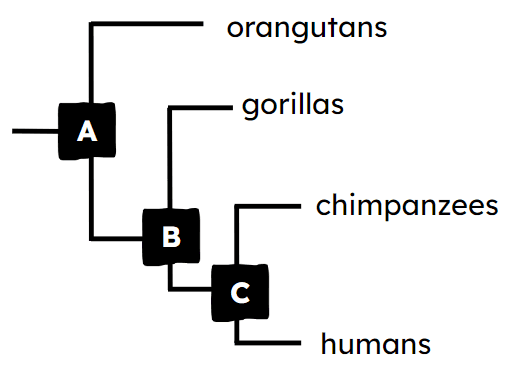
a common ancestor of orangutans and humans
the most recent common ancestor of gorillas and humans
a common ancestor of chimpanzees and humans but not of gorillas
